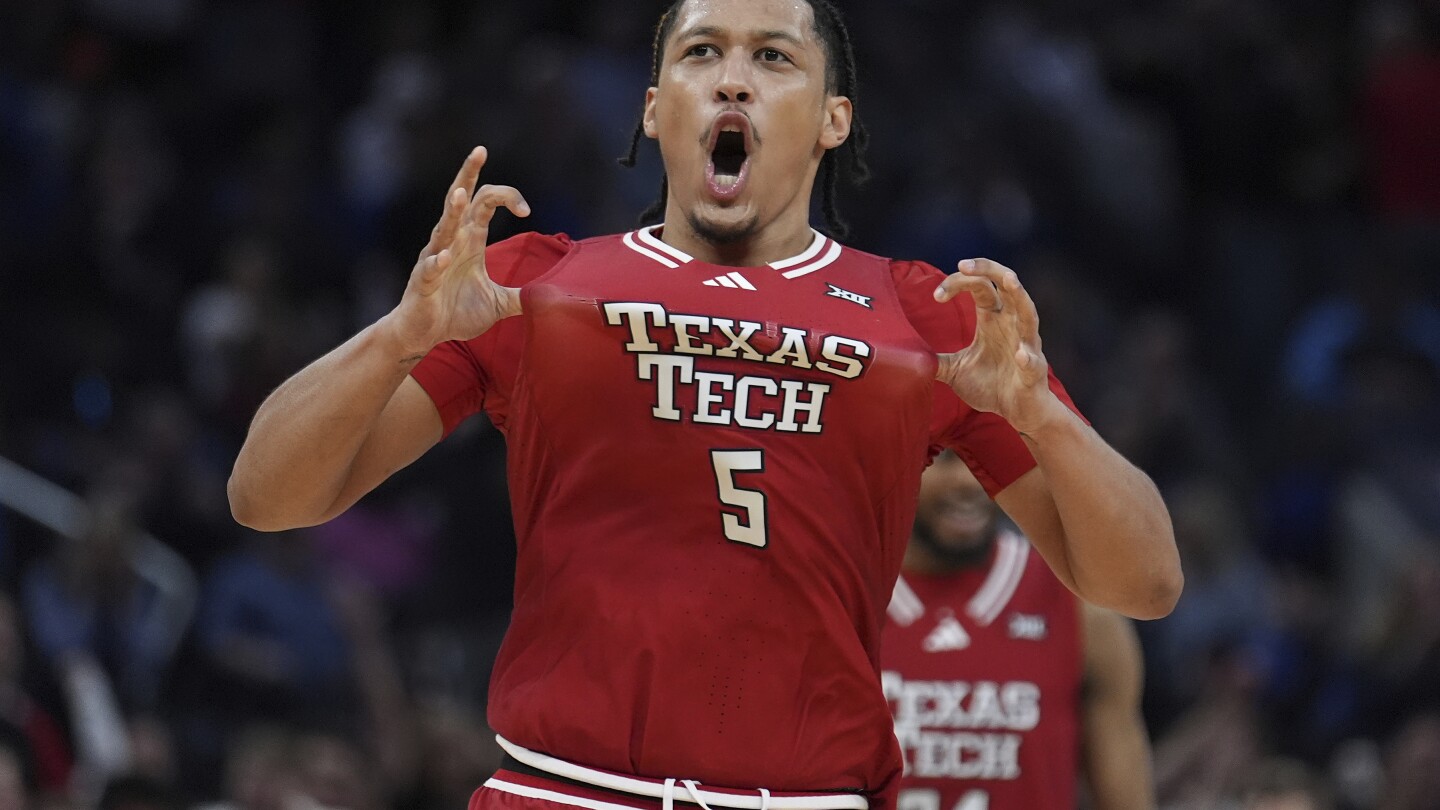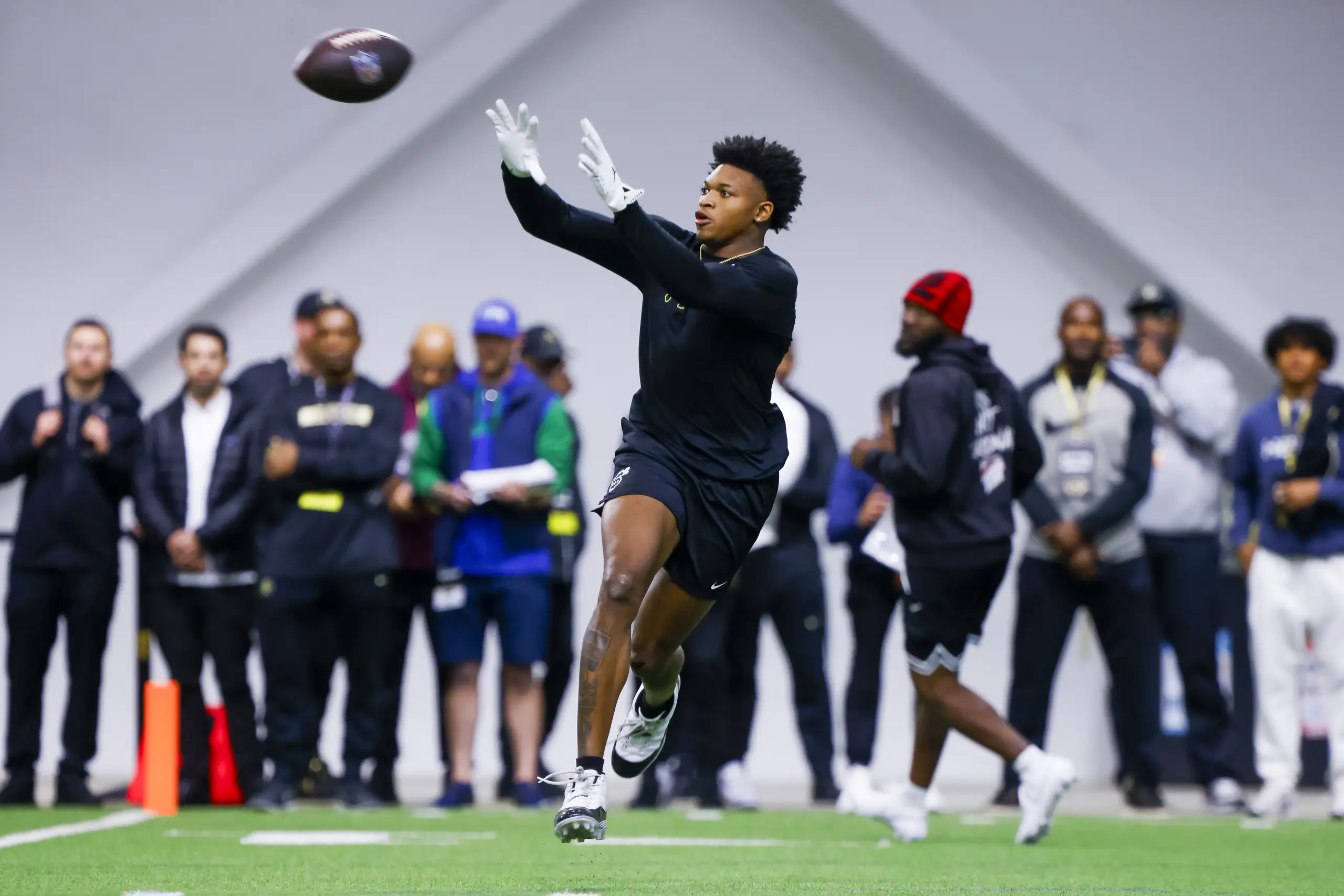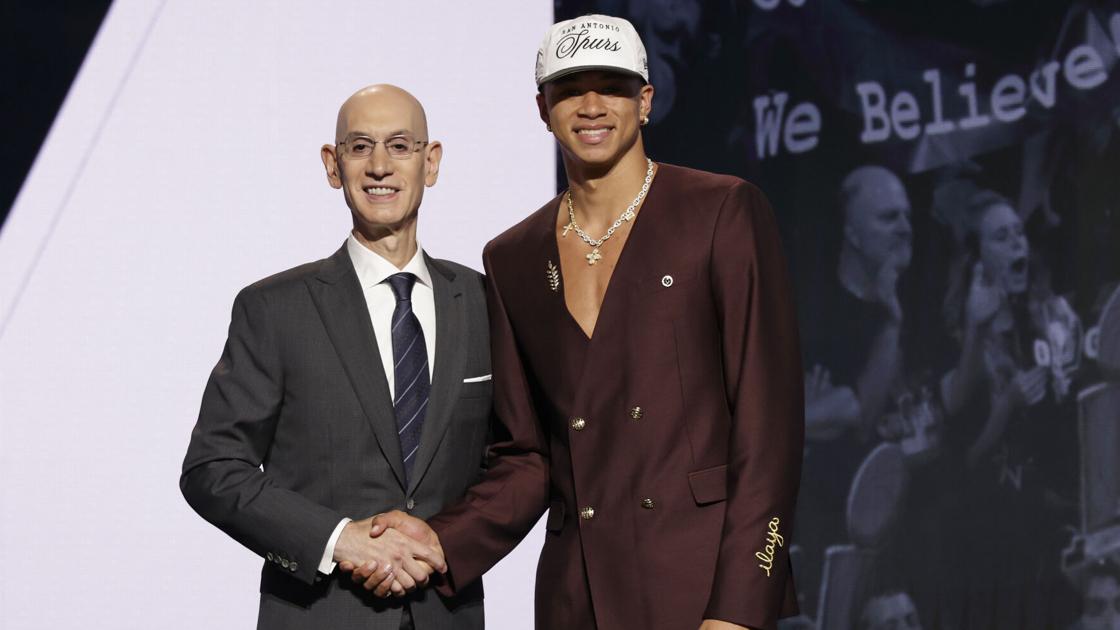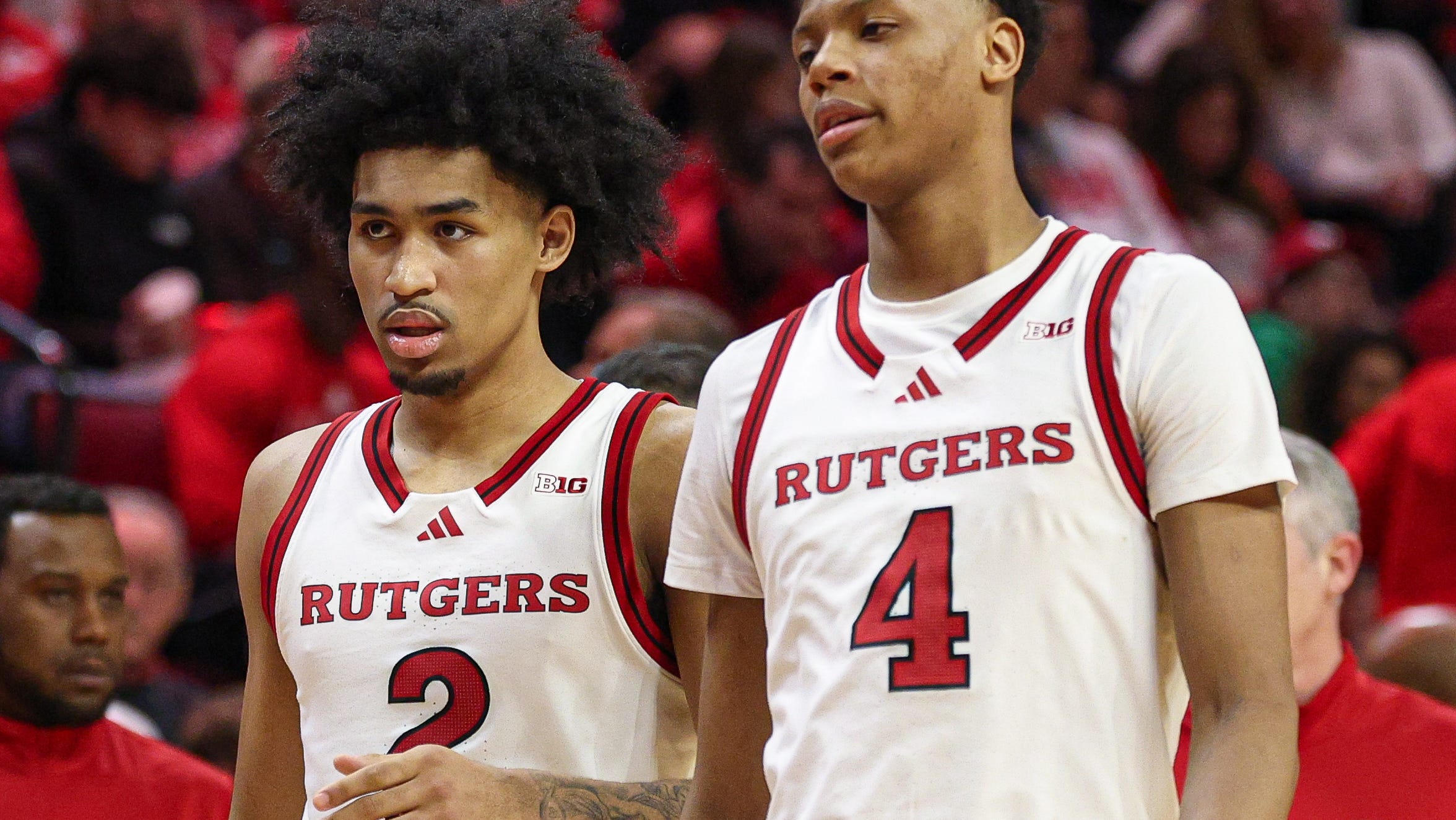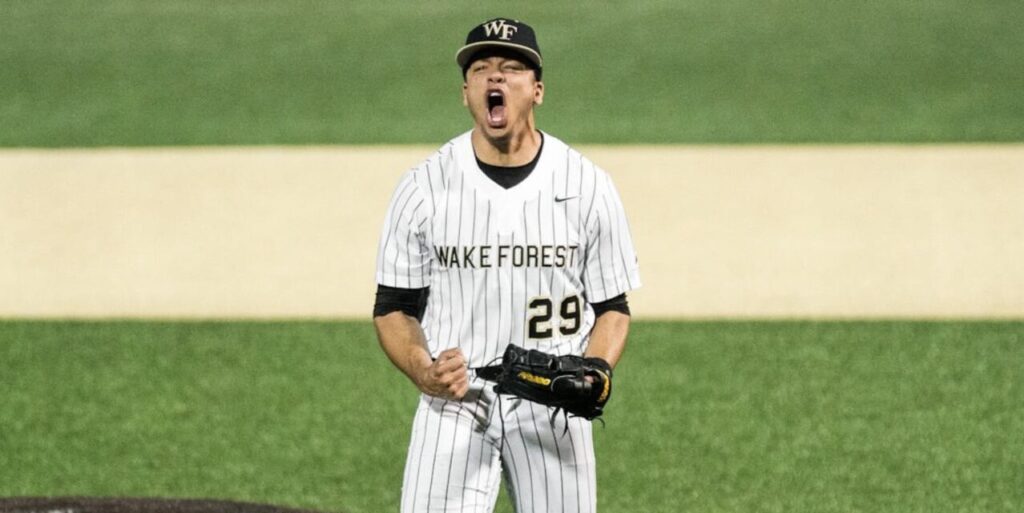When the San Antonio Spurs made him the 14th pick in the NBA Draft on Wednesday, Arizona’s Carter Bryant walked onto some familiar turf.
He became UA’s 17th lottery pick, and to exactly the same team as Arizona’s first lottery pick: Sean Elliott, who went No. 3 to the Spurs in 1989, became a two-time NBA all-star and then the team’s longtime television analyst.
“Wildcat to Spur – love to see it,” Elliott posted Wednesday. “Welcome to SA @carterdbryant! #beardown #gospursgo.”
Bryant also will be playing for the same team from which a basketball idol from his Riverside, California, hometown — Kawhi Leonard — turned into an NBA all-star.
“I think immediately the first guy I think of is Kawhi, just his defensive versatility, being able to guard multiple positions early on in his career,” Bryant said when asked during his post-draft interview to which former Spurs players his game compares.
People are also reading…
“He became one of the best players in the world, arguably a top three basketball player at a time when Kevin Durant, Steph Curry and LeBron were pretty much solidified to be the top three. He was really making a statement that he was one of the best players in the world as well.”
Bryant will also be following along to San Antonio with former Rutgers guard Dylan Harper, whom the Spurs picked at No. 2, just after Dallas picked Duke’s Cooper Flagg as expected to begin the draft.
“I’m looking forward to playing with my guy D Harp. It’s been a long time coming,” Bryant said, noting he got to know Harper after facing him in a club-ball game. “We had a lot of conversations throughout high school, whether that was trying to play together in college, just maybe playing together at some point. For him to be my draft buddy and being able to both go in the lottery and being able to represent San Antonio is dope.”
Becoming the No. 14 pick means Bryant will receive a two-year guaranteed contract worth about $10 million, but it will come with the pressure to answer a few questions.
The 6-8 Bryant was the least-used of Arizona’s lottery picks, averaging just 6.5 points while playing only 19.5 minutes per game on average as a freshman in 2024-25.
However, Bryant improved as his only college season went on and intrigued NBA scouts with his upside as a wing player. His 3-point shooting rose from 26.9% in nonconference play to 38.6% in Big 12 games — and to 45.5% between the Big 12 and NCAA tournaments.
Bryant also opened eyes at the May NBA Combine, when he showed off a 6-11.75 wingspan and recorded a maximum (running) vertical leap of 39.5 inches.
“Prototypical 3-and-D, they call him,” analyst Bob Myers said during ESPN’s draft show. “Not a huge usage rate, didn’t handle the ball, but you can pencil him in and he can do those things, and those picks have tremendous value.
“He did a nice job on the wing. The question is, ‘Can he defend?’ Is that what he can do? But there’s a lot he can improve on, and this is the type of swing that you like to see at this time” in the draft.
During his ESPN interview as he walked off the draft podium, Bryant was asked how he felt to become an NBA Draft pick after a serious leg injury as a high school freshman that threatened his career.
“It just shows my mental fortitude, my grit, how strong I am mentally,” Bryant said, “showing that I’m ready to handle every obstacle that comes in front of me.”
Believed to be a 50-50 bet to stay in the draft when he entered it in April, Bryant rose through the predraft process to the point where he was projected to be taken between 10-15 in the first round of the NBA Draft on Wednesday.
After the deadline passed to withdraw from the draft for players intending to return to college basketball, Bryant officially acknowledged his departure from Arizona.
“From being an 8-year-old boy who always felt the magic of McKale as a fan, to playing in the most important games of my life thus far with Arizona on my chest, this journey has been all I could have imagined,” Bryant posted.
The second round of the NBA Draft will be held starting Thursday at 5 p.m. Former UA guard Caleb Love is expected to be taken with one of the final picks or sign a two-way contract as an undrafted free agent.
After Flagg and Harper were taken quickly off the board Wednesday, Baylor guard V.J. Edgecombe was picked third by the Philadelphia 76ers, then Charlotte took Duke forward Kon Knueppel with the No. 4 pick, and Utah took Rutgers forward Ace Bailey at No. 5.
For the second five picks, Washington took Texas guard Tre Johnson at No. 6, New Orleans took Oklahoma guard Jeremiah Fears with the No. 7 pick, Brooklyn chose BYU guard Egor Demin at No. 8, Toronto took South Carolina forward Collin Murray-Boyles at No. 9 and Houston chose Duke center Khaman Maluach at No. 10.
At No. 11, Washington State wing Cedric Coward went to the Portland Trail Blazers before he was traded to Memphis, and the Chicago Bulls picked French forward Noa Essengue at No. 12.
Atlanta then selected Maryland center Derik Queen at No. 13 before Bryant was selected, putting the former Wildcat forward on a young team featuring 2023 No. 1 pick Victor Wembanyama and 2024 No. 4 pick Stephon Castle.
“There’s so much room for growth for this team,” Bryant said of the Spurs. “I think you’re going to look up and we could definitely be one of those dynasties that you look back on and you go, man, this was a hell of a team.”
Contact sports reporter Bruce Pascoe at bpascoe@tucson.com. On X(Twitter): @brucepascoe



